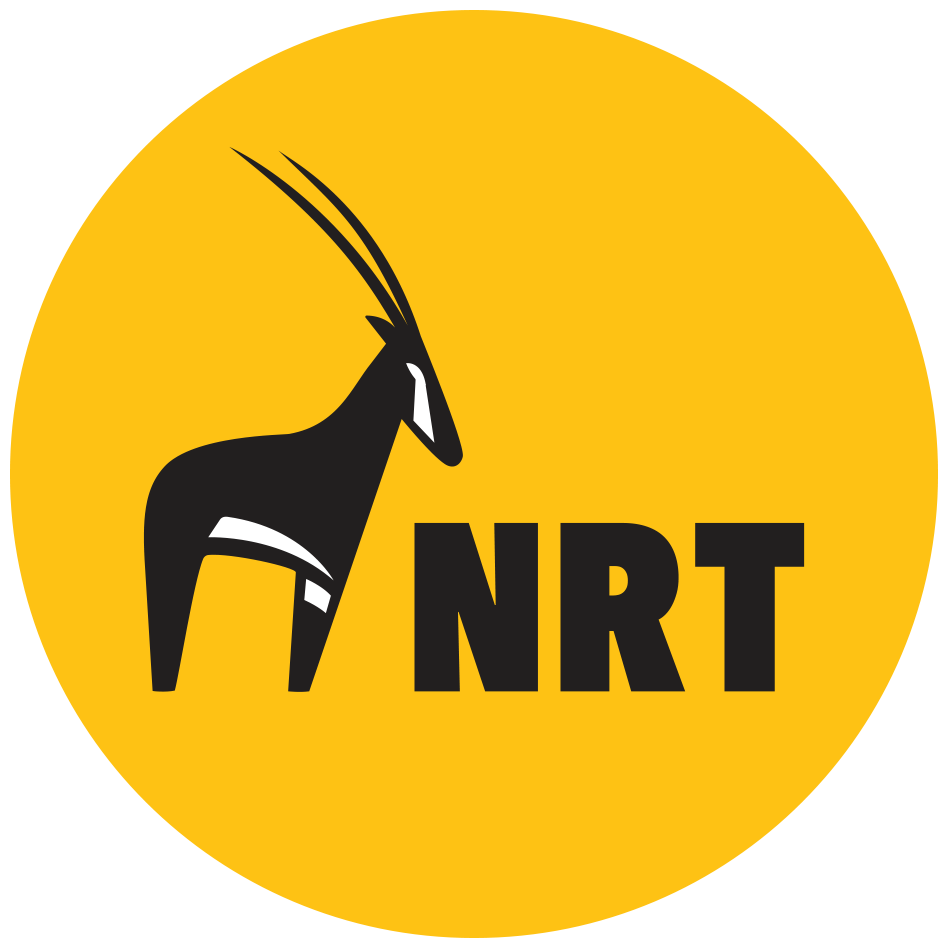Sixth Black Rhino Calf Born In Sera Rhino Sanctuary
A nine-year old female black rhino has given birth to a healthy calf, in the first and only community-run black rhino sanctuary in East Africa. The calf, whose sex has yet to be determined, was born on 8th October 2019, bringing the Sanctuary’s total population to 16.
In 2015, ten black rhinos were moved from Lewa Wildlife Conservancy and Lake Nakuru National Park to a newly-established sanctuary in Sera Community Conservancy. The move made history, and Sera became the first community-run black rhino Sanctuary in East Africa. It also marked a shift in Kenya’s approach to endangered species conservation, one which enabled indigenous communities to take the lead and ensure equitable conservation benefits.
One of these ten rhinos was a female named Nariku Sera, who was moved from Lewa together with her mother Sonia when she was five years old. Sonia has given birth to eight calves in her life (Nariku Sera was her sixth), making her one of Lewa’s most fertile females.
New mother, Nariku Sera.
Nariku Sera’s calf is her first, but the sixth to be born in Sera - bringing the total population to 16. The calf was spotted for just a few minutes by Sera rangers as they conducted their daily patrol, and since then the protective mother has kept her baby well hidden.
“Usually, when a female rhino is about to give birth, it selects a dense area to hide and stays with her calf for weeks to bond and adjust to each other undisturbed,” says NRT’s Senior Research and Monitoring Officer Antony Wandera. “This explains the secrecy!”
Sera rangers are set to name the new baby within the first three months, in a naming ceremony that has become customary in Sera. This will also involve registering the calf with an identity number to help with monitoring.
Nariku Sera captured on motion-sensor camera shortly after she first arrived at the Sera Rhino Sanctuary
Rhinos are usually expected to have their first birth between five and seven years old, but if delayed it could be between eight and ten years old. If conditions are right, they will calf every two to three years.
Not only is the Sanctuary critical to the future of the critically endangered black rhino in Kenya, but also to community livelihoods. As well as benefitting from improved security, the Sera community has a flourishing partnership with tourism operator Saruni, who established the Saruni Rhino camp adjacent to the Sanctuary in 2017. Since then, Sera has earned over USD $130,000 in tourism revenue from Saruni Rhino — first and only lodge in East Africa to offer safaris focused on tracking black rhino on foot.
The Sera Rhino Sanctuary’s success can be attributed to strong community governance and ownership, dedicated rangers, and good partnerships with the NRT, Kenya Wildlife Service (KWS) and other partners including Saruni, Flora and Fauna International, Save the Rhino, WWF, San Diego Zoo and the Tusk Trust.
Sera was established in 2004 and is one of 39 community conservancies supported by NRT.
*** UPDATE 24/10/19 ***
Conservancy rangers have now managed to photograph the calf, and confirm the sex as female. She is doing well and growing fast.






